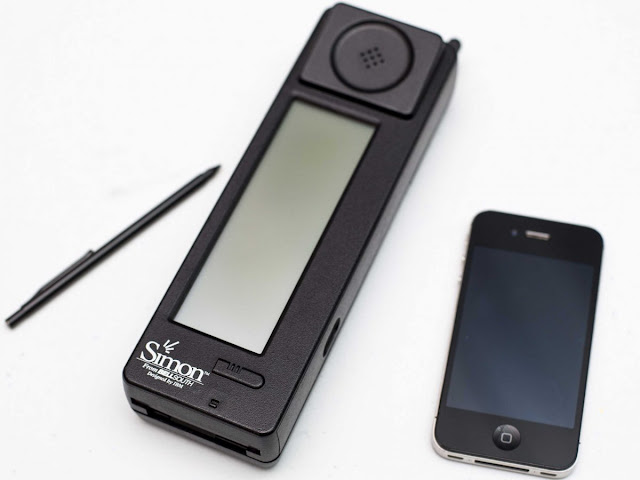Bhutan (འབྲུག་ཡུལ་ druk yul), officially the Kingdom of Bhutan (འབྲུག་རྒྱལ་ཁབ་ druk gyal khap), is a landlocked country in Asia, and it is the smallest state located entirely within the Himalaya mountain range. Located in the Eastern Himalayas, it is bordered by China (in the north) and India (in the south). Bhutan lacks a border with nearby Nepal due to the Indian state of Sikkim and with Bangladesh due to the Indian states of West Bengal and Assam. Bhutan is geopolitically in South Asia and is the region's second least populous nation after the Maldives. Thimphu is its capital and largest city, while Phuntsholing is its financial center.
The independence of Bhutan has endured for centuries, and the territory was never colonized in its history. Situated on the ancient Silk Road between Tibet, the Indian subcontinent and Southeast Asia, the Bhutanese state developed a distinct national identity based on Buddhism. Headed by a spiritual leader known as the Zhabdrung Rinpoche, the territory was composed of many fiefdoms and governed as a Buddhist theocracy. Following a civil war in the 19th century, the House of Wangchuck reunited the country and established relations with the British Empire. Bhutan fostered a strategic partnership with India during the rise of Chinese communism and has a disputed border with the People's Republic of China. In 2008, it transitioned from an absolute monarchy to a constitutional monarchy and held the first election to the National Assembly of Bhutan, that has a two party system characterizing Bhutanese democracy.
The King of Bhutan is known as the "Dragon King". Bhutan is also notable for pioneering the concept of gross national happiness. The country's landscape ranges from lush subtropical plains in the south to the sub-alpine Himalayan mountains in the north, where there are peaks in excess of 7,000 metres (23,000 ft). The highest mountain in Bhutan is the Gangkhar Puensum, which is also a strong candidate for the highest unclimbed mountain in the world. There is also diverse wildlife in Bhutan.
In South Asia, Bhutan ranks first in economic freedom, ease of doing business, and peace; second in per capita income; and is the least corrupt country as of 2016. However, Bhutan continues to be a least developed country. Hydroelectricity accounts for the major share of its exports. The government is a parliamentary democracy. Bhutan maintains diplomatic relations with 52 countries and the European Union, but does not have formal ties with the five permanent members of the United Nations Security Council. It is a member of the United Nations, SAARC, BIMSTEC and the Non Aligned Movement. The Royal Bhutan Army maintains extensive military relations with the Indian Armed Forces.
Tshering Tobgay (born 19 September 1965) is a Bhutanese politician who has been the Prime Minister of Bhutan since 2013. Tobgay is leader of the People's Democratic Party, and was also the Leader of the Opposition in the National Assembly from March 2008 to April 2013.
Tobgay was born into a family of six brothers. Both of his parents helped expand the country of Bhutan. Tobgay's father was one of the first soldiers of Bhutan's army, while his mother helped to build the first road connecting Bhutan to India.
TEDx Program. TEDx was created in the spirit of TED's mission, "ideas worth spreading." It supports independent organizers who want to create a TED-like event in their own community.
The independence of Bhutan has endured for centuries, and the territory was never colonized in its history. Situated on the ancient Silk Road between Tibet, the Indian subcontinent and Southeast Asia, the Bhutanese state developed a distinct national identity based on Buddhism. Headed by a spiritual leader known as the Zhabdrung Rinpoche, the territory was composed of many fiefdoms and governed as a Buddhist theocracy. Following a civil war in the 19th century, the House of Wangchuck reunited the country and established relations with the British Empire. Bhutan fostered a strategic partnership with India during the rise of Chinese communism and has a disputed border with the People's Republic of China. In 2008, it transitioned from an absolute monarchy to a constitutional monarchy and held the first election to the National Assembly of Bhutan, that has a two party system characterizing Bhutanese democracy.
The King of Bhutan is known as the "Dragon King". Bhutan is also notable for pioneering the concept of gross national happiness. The country's landscape ranges from lush subtropical plains in the south to the sub-alpine Himalayan mountains in the north, where there are peaks in excess of 7,000 metres (23,000 ft). The highest mountain in Bhutan is the Gangkhar Puensum, which is also a strong candidate for the highest unclimbed mountain in the world. There is also diverse wildlife in Bhutan.
In South Asia, Bhutan ranks first in economic freedom, ease of doing business, and peace; second in per capita income; and is the least corrupt country as of 2016. However, Bhutan continues to be a least developed country. Hydroelectricity accounts for the major share of its exports. The government is a parliamentary democracy. Bhutan maintains diplomatic relations with 52 countries and the European Union, but does not have formal ties with the five permanent members of the United Nations Security Council. It is a member of the United Nations, SAARC, BIMSTEC and the Non Aligned Movement. The Royal Bhutan Army maintains extensive military relations with the Indian Armed Forces.
Tshering Tobgay (born 19 September 1965) is a Bhutanese politician who has been the Prime Minister of Bhutan since 2013. Tobgay is leader of the People's Democratic Party, and was also the Leader of the Opposition in the National Assembly from March 2008 to April 2013.
Tobgay was born into a family of six brothers. Both of his parents helped expand the country of Bhutan. Tobgay's father was one of the first soldiers of Bhutan's army, while his mother helped to build the first road connecting Bhutan to India.
TEDx Program. TEDx was created in the spirit of TED's mission, "ideas worth spreading." It supports independent organizers who want to create a TED-like event in their own community.

